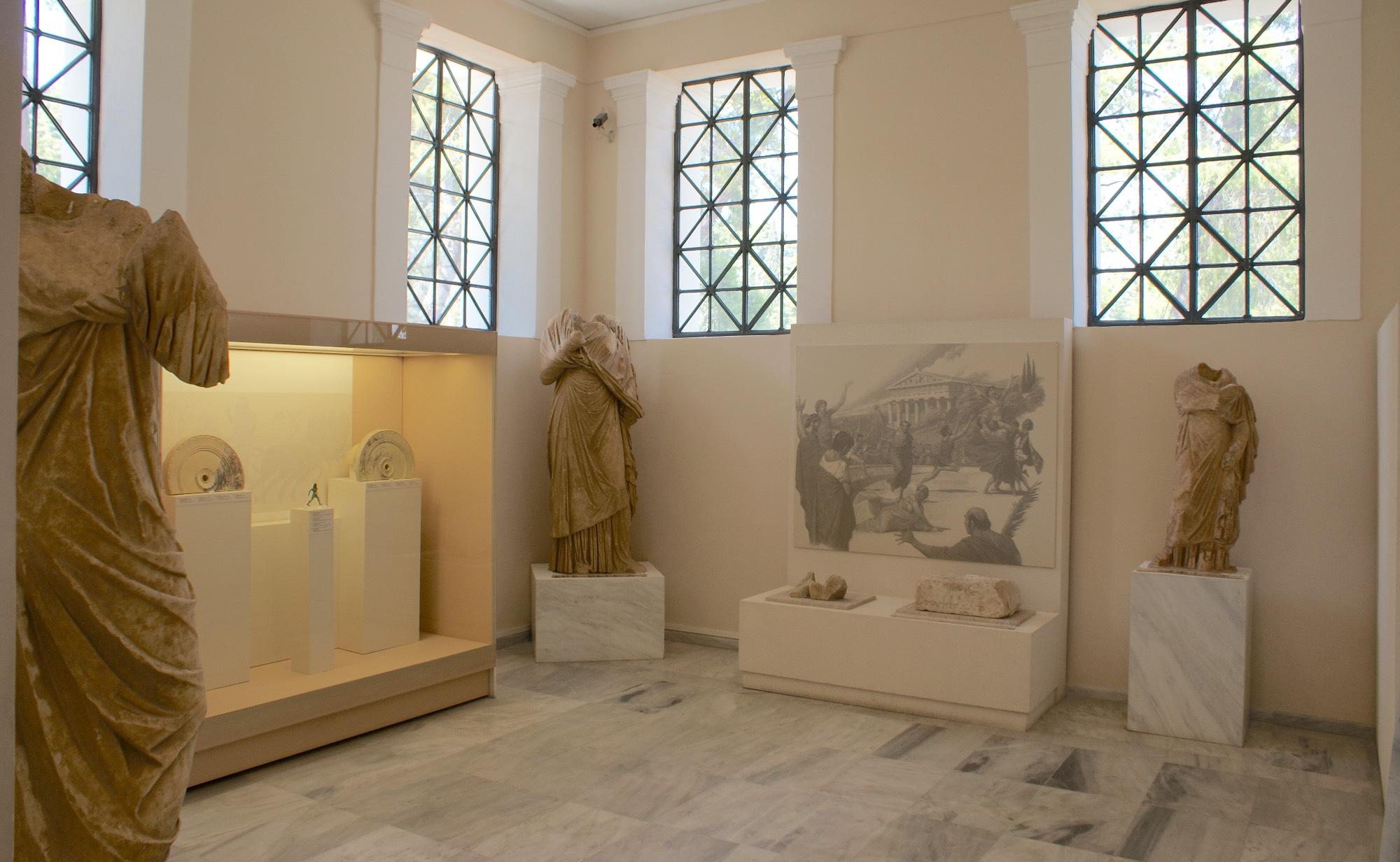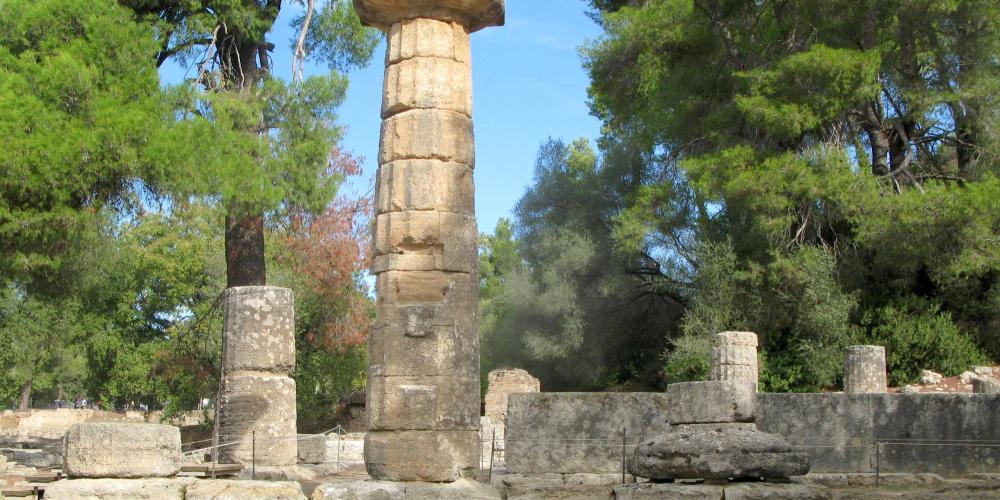Heraia - the women's race of Antiquity

The cult of Hera in Olympia offers proof that in prehistoric times, local female deities were worshipped in the sanctuary, centuries before Zeus and the Twelve Olympian Gods were established (around the 11th century BC). These female deities and daemons were closely connected with the natural landscape of Olympia, the fertility of the earth and the well-being of the locals—the prosperity of the people depended on the abundance of crops—the “gifts” of earth. The first deity worshipped in Antiquity was Gaia, the goddess of fertility, and Hera, the wife of Zeus, was a descendant of these ancient female deities of the sanctuary.
Some scholars believe, that the construction of the temple of Hera in the beginning of the 6th century BC, a hundred years before the erection of the temple of Zeus, emphasises the fact that, in spite of the prevalence of Zeus in the sanctuary, the primitive female deities were not forgotten.

Pausanias, the ancient traveller, refers to a female sporting event, the “Heraia”, a foot race in Olympia stadium, in which only virgin women participated —married women were not even allowed to attend the games. The race was established by Hippodameia on the occasion of her marriage to Pelops as an offering of thanks to Hera. The female competitors were divided into three different age-groups: the young, the mature, and the elderly. They were dressed with a chiton reaching just above the knee, whereas their right shoulder was uncovered up to the breast. The foot race took place in the ancient stadium and was about 135-140m long, with a total length of 220m. The prize for the winners was a wild olive wreath (just like the male winners of the Olympic games) and they were given a portion of a cow—the sacred animal of Hera—that was sacrificed to the deity.

The most likely explanation for organising a women's race would be the celebration of a sacred marriage between the young winner of the Olympic Games and the young virgin. The girl who won the race was called the “Hera or Hippodameia of the Year”, and the young man, the winner of the Olympic games, the “Zeus or Pelops of the year”. According to scholars, this marriage symbolised the circle of land cultivation, underlying the crucial need for fertility and prosperity.

